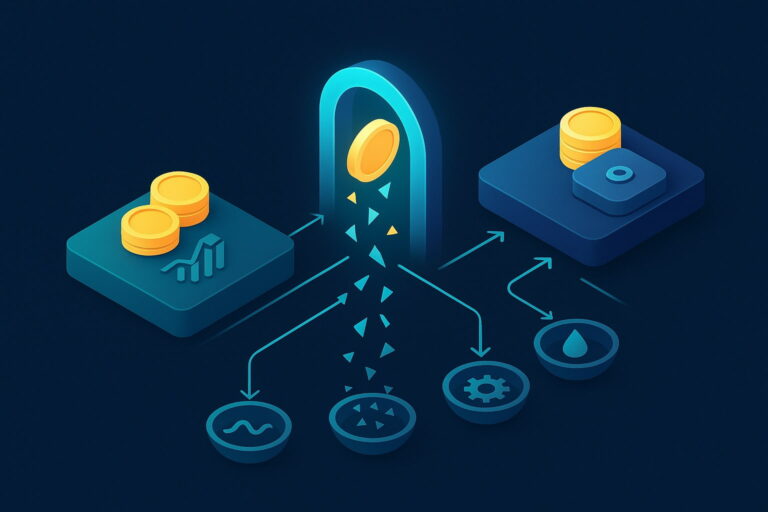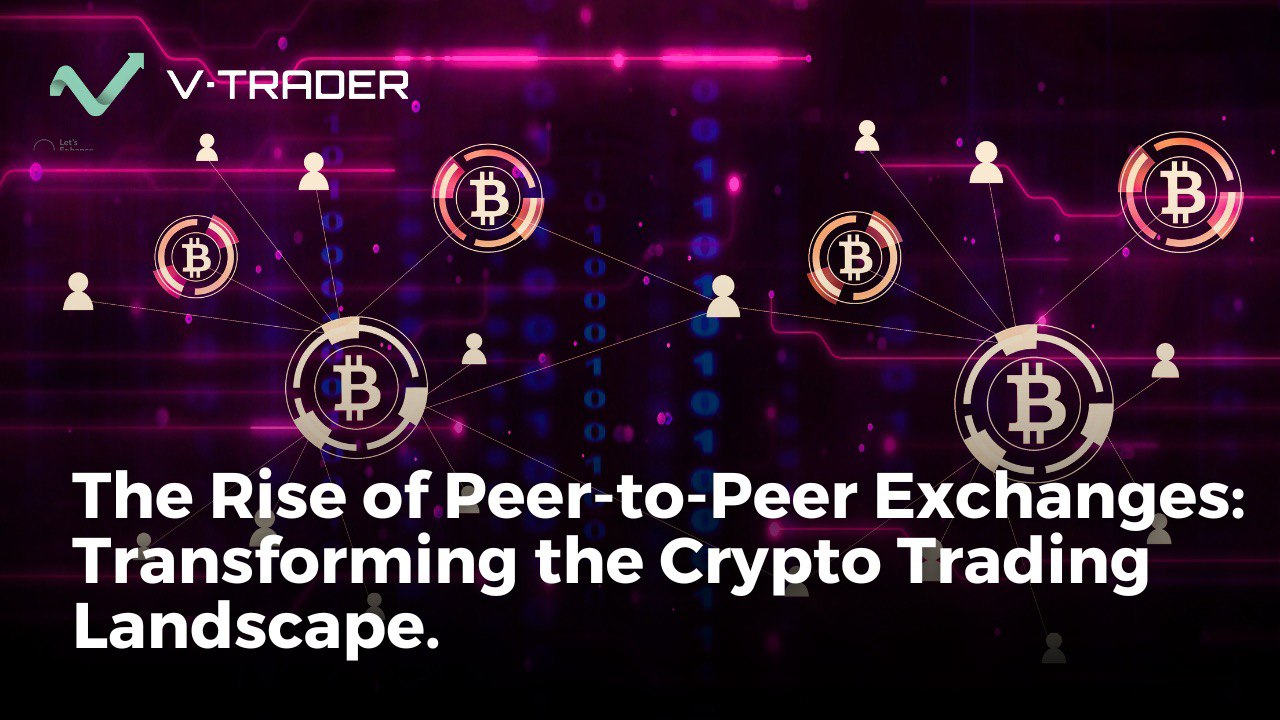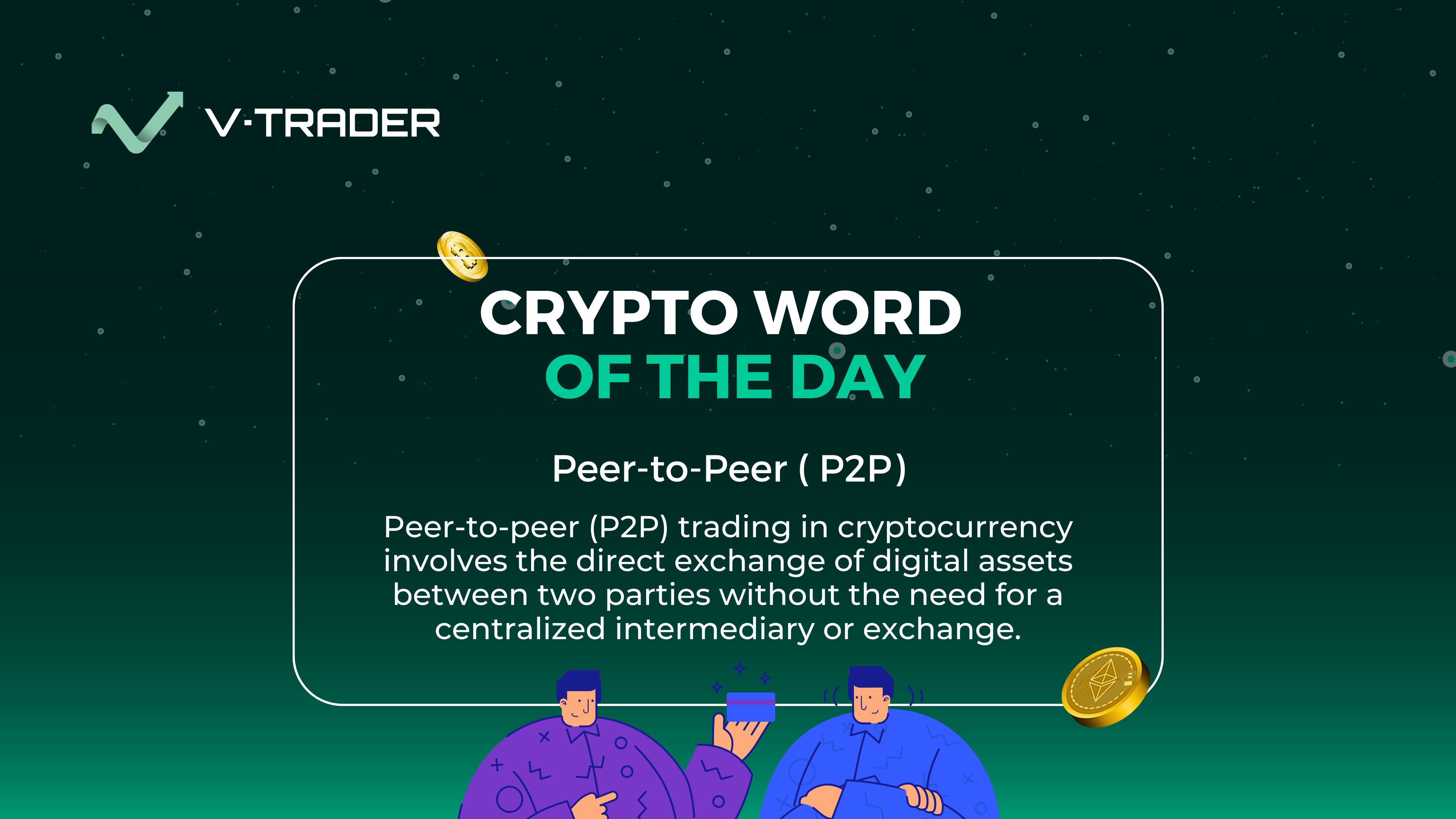This guide is part of the “Intro to Crypto Trading” series.
There’s a lot that goes on when you’re trading crypto. Every trade comes with a cost, and if you are not paying attention, those costs can quietly eat away at your gains. Even small percentages when taken from you repeatedly will accumulate into a serious drag on your bottom line. In fact, many traders who wonder why their accounts never grow faster are simply underestimating the impact of fees.
The good news is that fees are not random. They exist for specific reasons, and once you understand how they are structured, you can learn how to avoid crypto fees wherever possible, or at least minimize them.
This guide will break down every category of cost across centralized and decentralized exchanges, show you how they are calculated, and give you strategies that professional traders use to reduce crypto fees while maintaining speed and security.
Table of Contents
What are crypto trading fees and why do they exist?
At the simplest level, crypto trading fees are the costs you pay to use the infrastructure that enables digital asset transactions. Whether you are trading on Binance, Coinbase, Uniswap, or Curve, you are paying to use a system that handles custody, order matching, settlement, and network execution.
Why fees exist
Fees exist because exchanges and protocols are businesses, and like any other business, they need to generate revenue to survive. Every charge a trader pays is tied to the actual costs of running a marketplace.
One of the biggest expenses is security and custody. Exchanges are responsible for holding billions of dollars in digital assets, and protecting them requires cold storage vaults, insurance coverage, regular audits, and constant internal monitoring. Without these safeguards, traders would never trust the platform in the first place.
Liquidity is another expense that the exchange pays for. A market only works if there are enough participants to trade with at any moment, and spreads remain tight because exchanges incentivize professional market makers and liquidity providers. Those incentives, whether in the form of rebates, rewards, or fee discounts, are ultimately funded by the fees traders pay.
The technology itself also needs money to work. A network of servers, developers, and engineers works behind every order book, API, and trading interface to keep platforms fast and reliable even when things are unstable. As volumes grow, infrastructure costs go up. This is why exchanges always update their systems and charge more for their services.
Lastly, a big part of the budget goes to compliance and support. To follow rules like KYC and AML, you need dedicated staff and legal oversight. Customer support teams also need to be available 24/7 to help with account problems or disputes. The average user may not be able to see these functions, but they are very important for keeping markets honest and easy to use.
As you can see, fees are not random penalties. They are the price traders pay for security, liquidity, technology, and compliance. All of which are critical to a functioning crypto marketplace.
Visible vs hidden costs
What most people notice are the explicit fees: maker-taker charges, crypto withdrawal fees, or card deposit costs. But there are also hidden crypto fees that creep in through spreads, slippage, fiat conversions, or unfavorable routing. A trader who only checks the headline “0.1% per trade” might still be losing far more in execution.
What you can do in this situation is go beyond headline fees and actively manage execution. That means trading only on pairs with strong liquidity to minimize spreads, using limit orders instead of market orders to avoid slippage, and splitting larger trades into smaller ones when liquidity is thin.
Core fees on centralized exchanges (CEX)
Centralized exchanges remain the entry point for most traders. They are liquid, user-friendly, and regulated in many jurisdictions. But their fee structures vary widely.
Maker-taker model
The backbone of most CEX pricing is the maker-taker model.
- A maker is someone who adds liquidity to the order book by posting a limit order. Think of it as putting goods on the shelf for others to buy.
- A taker is someone who removes liquidity by executing against existing orders, usually via a market order. They are the shopper pulling items off the shelf.
Because liquidity is valuable, exchanges often reward makers with lower fees than takers. In some trading fee tiers, makers even pay zero. Traders who consistently use market orders without realizing the cost are effectively paying premium pricing every time.
The spread
Even when an exchange advertises zero fees, there is still a cost built into the market through the bid-ask spread. The spread is the difference between what buyers are willing to pay and what sellers are asking for. If Ethereum has a highest bid at $3,998 and a lowest ask at $4,000, the spread is two dollars per ETH.
This matters because spreads can sometimes outweigh other fees. A platform that charges a low taker fee but maintains a tight spread may end up being cheaper than a 0% fee exchange where the spread is noticeably wider. The catch is that the cost is hidden. An exchange can attract traders with free trading campaigns while quietly widening spreads, and in doing so, it still earns revenue on every transaction.
For traders, this is a reminder that the cheapest crypto exchange fees are not always the ones advertised on the fee schedule. The true cost is found in the combination of explicit fees and the spread you come across when executing your trades.
Deposits and fiat on-ramps
Depositing cryptocurrency onto an exchange is generally free, but moving fiat money into the system rarely comes without cost. Card deposits are the most expensive route, often carrying fees between one and three percent, and in some regions they can be even higher. Bank transfers are usually cheaper, though the trade-off is slower processing times that can delay your ability to trade.
There is also the issue of currency conversion. If your funding source is in pounds or another non-USD currency but the exchange operates in dollars, you will usually face an additional conversion spread. This can quietly cost one to two percent of your deposit before you have even executed your first trade.
Withdrawals
Withdrawals are one of the most underestimated costs in crypto trading. Many exchanges add their own fixed withdrawal charge on top of the blockchain’s network fee, meaning you are paying twice, once to the platform and once to the miners or validators who process the transaction. The size of the network fee depends on congestion, which is why it can fluctuate from a few cents during quiet periods to several dollars or more when activity surges.
The network you choose also makes a dramatic difference. Withdrawing USDT over Ethereum during peak hours might cost ten dollars or more in gas, while the same withdrawal through Tron or an L2 solution like Arbitrum can be settled for just a few cents.
Exchanges also set minimum withdrawal thresholds, and balances smaller than that can get trapped as “dust” that cannot be moved. This is why disciplined traders rarely withdraw when they feel like it. Instead, they batch withdrawals together, plan their exits using cheaper networks when available, and avoid frequent micro withdrawals that rack up unnecessary fees.
Other CEX charges
Beyond the obvious trading and withdrawal costs, centralized exchanges carry a range of less visible charges that can catch traders off guard. Borrowing funds to trade on margin, for example, incurs daily interest that steadily eats into returns the longer a position is left open.
Perpetual futures come with another recurring cost in the form of funding payments exchanged between longs and shorts, often every eight hours, which can either work for or against you depending on market positioning
Position liquidations add an extra layer of expense. When a leveraged position collapses, the exchange not only takes the margin but also adds a liquidation fee on top of the loss. Some platforms impose inactivity charges on accounts that sit dormant for long periods, quietly reducing balances even when no trading takes place.
How fees are calculated
Understanding the math behind fees is essential for making rational choices about execution.
Percentage-based fees
Most exchanges charge a percentage of trade size, which means the bigger your trade, the more you pay in absolute terms, making high-volume trading especially sensitive to even small differences in fee rates.
Example:
- $1,000 trade at 0.10% taker → Fee is $1.
- Round-trip: Buy $1,000 of BTC at 0.10% taker fee → $1,
Sell $1,100 BTC at 0.10% → $1.10,
Withdraw BTC → add the $5 network fee.
Total = $7.10. On a $100 profit, you gave up over 7% in fees.
Trading fee tiers
One of the most common ways exchanges reward active traders is through trading fee reduction tiers. Most platforms track a trader’s rolling 30-day volume and apply discounts as that number rises. The effect is simple but powerful, the more you trade in a single venue, the less you pay in fees.
At the entry level, a trader moving less than fifty thousand dollars in volume per month might face a standard rate of 0.10% whether they act as a taker. Once volume climbs into the midrange, somewhere between fifty thousand and half a million dollars in trades, those costs really begin to fall.
Spreading trades across multiple exchanges may feel like a way to diversify, but it also keeps you stuck at the higher end of the fee schedule on every platform. Concentrating your activity on one exchange will save far more money in the long run, even if you sacrifice a little flexibility. For traders who are serious about maximizing profitability, climbing to higher fee tiers is one of the ways to reduce costs.
Token discounts and promotions
Many exchanges offer 10–25% fee discounts for paying fees with their own token, such as BNB on Binance. Referral rebates and promotions can cut your fees down even further.
The downside is holding a volatile token to save on fees can backfire if the token itself loses value. Always weigh the discount against the token risk.
Total cost of trade (TCT)
The professional way to assess costs is to calculate total cost of trade.
Formula:
TCT = explicit fees + spread or slippage + financing (if leveraged) + withdrawal fees
Examples from different venues/trade types:
- Spot CEX trade: $2,000 ETH buy with 0.1% taker fee = $2 + spread $1.50 + withdrawal $3 (on Tron). TCT = $6.50.
- Perpetual futures trade: $10,000 BTC buy with 0.05% maker = $5 + spread $2 + funding account fee $10. TCT = $17.
- DEX swap: $1,000 USDC to ETH with 0.3% liquidity provider fee = $3 + gas $8 (Ethereum) + slippage $4. TCT = $15.
Comparing TCT across venues lets you see whether gas fees vs trading fees are more costly for your strategy.
Decentralized exchange (DEX) fees
On-chain trading protocols introduce a different cost structure. DEXs like Uniswap, Curve, and PancakeSwap remove intermediaries but make you responsible for the network costs.
Protocol and liquidity provider (LP) fees
DEXs typically charge a fixed swap fee that goes to liquidity providers. Pools are usually set at 0.05%, 0.3%, or 1%, depending on the pair your trading. Low-fee pools are for stablecoin swaps, while volatile pairs justify the higher fees.
Gas and network fees
Every DEX trade also requires paying validators. On the Ethereum mainnet, which has been notorious for high fees, it can spike to $20+ per swap during congested times. On chains like BNB Chain, Arbitrum, or Polygon, costs are often just a few cents.
Slippage and price impact
Automated market makers constantly recalculate prices based on the ratio of assets in their liquidity pools. When a trade is executed, it shifts that ratio, and the price adjusts automatically to reflect the new balance. A $1,000 swap in a shallow token pool may actually move the price. This is called price impact and is in function just another hidden fee.
You can set a slippage tolerance level that protects you from overpaying, but also risks a failed transaction if the volatility is too high.
Routing and MEV
Aggregators like 1inch or Matcha split trades across different pools for better pricing, but routing complexity introduces more gas fees. On top of that, automated bots look for ways to profit from your trades through MEV (maximal extractable value).
One common tactic is a sandwich attack: a bot sees your pending swap, quickly places a buy order before you, which drives the price up, and then sells right after your trade, leaving you with a worse execution price.
To protect yourself, you can use protected routing options (like private transaction relays offered by aggregators such as 1inch or CowSwap) that hide your order from bots, and set tight slippage tolerances so your trade won’t go through if the price moves beyond what you’re willing to accept.
Bridges and cross-chain transfers
Moving assets across chains incurs bridge fees, relayer costs, and sometimes a time delay that adds risk. A trader moving USDC from Ethereum to Arbitrum may pay $5–10 in gas plus bridge charges, which must be factored into the total cost of trade.
Strategies to cut fees
Now to the best part, strategies on saving you money. Here are actionable ways to reduce crypto fees you pay:
- Use limit orders to be a maker whenever possible. Maker fees are usually lower. Only use market orders when speed is of the utmost importance.
- Concentrate volume on a single exchange to unlock higher trading fee tiers. Spreading trades across platforms keeps you stuck in higher fee brackets.
- Take advantage of token discounts, referrals, and time-limited promos, but weigh token volatility. Ask yourself, if this token devalues, will it still save me money on fees?
- Optimize withdrawals by batching them, choosing cheaper networks like Tron or Arbitrum, and avoiding micro-withdrawals.
- Compare effective prices, not just fees. Always add spread, slippage, and leverage fees into your total cost of trade.
- On DEXs, trade during off-peak hours to save on gas fees, set tight slippage limits there, and use deeper pools for large trades.
Checklists to help save time and money
Professional traders reduce costs by building these checklists into their workflow.
Pre-trade checklist for CEXs
- Verify your account’s fee tier and trading volume to know your current maker/taker rates.
- Use the right order type: use limit orders for lower fees and tighter control, market order only when speed is critical.
- Check the order book depth and current bid-ask spread to avoid hidden costs.
- Confirm deposit/withdrawal currency and check the FX conversion rate if using fiat.
- Pre-select your withdrawal network (e.g., ERC20, TRC20, BEP20) for lowest cost and reliability.
Pre-swap checklist for DEXs
- Select the correct pool fee tier (e.g., 0.05%, 0.30%, 1.00% on Uniswap) based on trade size and token volatility.
- Inspect pool liquidity to ensure your trade won’t move the price excessively.
- Set a strict slippage tolerance (commonly 0.1–0.5% for majors, higher if illiquid).
- Check the current gas price and check if waiting is smarter due to network congestion.
- Preview the swap route on an aggregator like 1inch or Matcha to compare execution paths.
- Enable MEV protection (Flashbots, CowSwap, or 1inch Protect Mode) if available to prevent sandwich attacks.
Trade smarter, not harder
Every dollar saved on fees is a dollar added to your profit. The key is to focus on the total cost of trade, not just the commission rate. Maker-taker fees, crypto withdrawal fees, gas charges, and spreads all add up. Once you learn to calculate and compare them, you will find opportunities to trade more efficiently and without sacrificing on execution.
That is why professional traders constantly audit their costs. And it is why platforms that genuinely cut fees are so attractive.
If you are serious about trading efficiently, the smartest move is to use a platform built to cut unnecessary costs out of the equation. vTrader takes a different approach by offering true zero-fee trading without hiding charges in spreads or withdrawals. That means more of your profit actually stays in your account rather than being siphoned away by invisible costs.
Trading success is not only about calling the right direction or picking the right cryptocurrency. It’s also about keeping what you earn.

Steve Gregory is a lawyer in the United States who specializes in licensing for cryptocurrency companies and products. Steve began his career as an attorney in 2015 but made the switch to working in cryptocurrency full time shortly after joining the original team at Gemini Trust Company, an early cryptocurrency exchange based in New York City. Steve then joined CEX.io and was able to launch their regulated US-based cryptocurrency. Steve then went on to become the CEO at currency.com when he ran for four years and was able to lead currency.com to being fully acquired in 2025.


